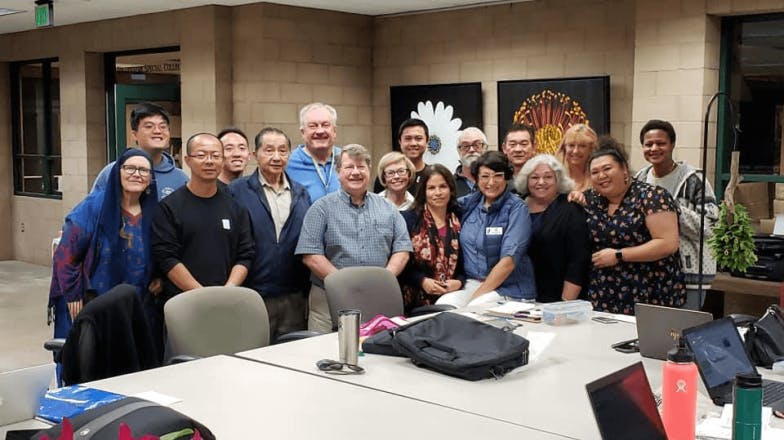There is much to know before advancing to the level of accredited judge, and the AOS judging program recognizes that not all judges have the same amount of time to spend with their busy schedules. Everyone’s timeline is not the same, and education is, in large part, self-paced with guidance provided by the judging center education coordinator and mentors/advisors. The average time to become an Associate judge, at which point your scores count for orchids and displays, is about three years.
Students and Associates should submit the bi-annual Accomplishment Form to their Education Coordinator. The form is used as a reference during personnel progress reviews that take place at judging-center business meetings, bi-annually, or as needed for consideration for promotion.
The following are some education options and resources. Judges should always check with their judging center Education Coordinator (EC) for additional education opportunities that may be available and are local to their own center.











